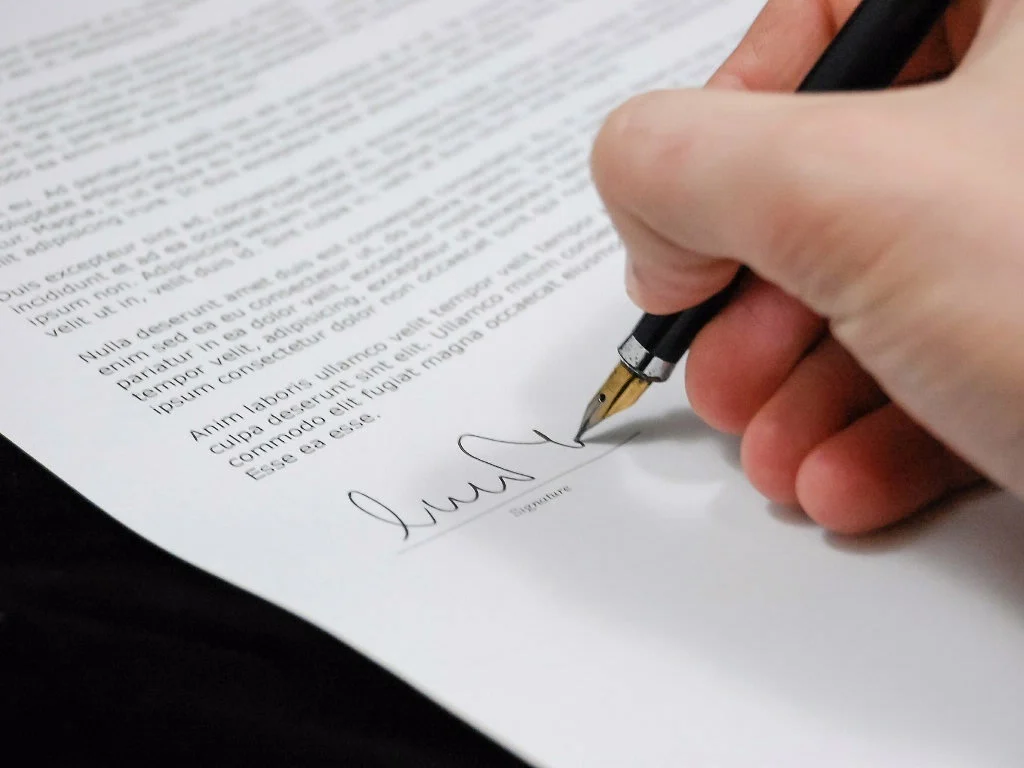Intellectual Property Transfer Agreement: a Guide for Mergers and Acquisitions
There are numerous challenges for the acquirer and seller when they are creating an intellectual property transfer agreement during a merger or acquisition. The challenges associated with the permanent transfer of intellectual property from one party to another, also known as an assignment, can be affected by many different factors, such as company size, publicity and availability of information.
It can be tricky to know where to start and how to organize the process. Here are a few simple tips to help you structure the process for developing an intellectual property agreement.
Wondering how to plan an effective recordal project?
Download our free eBook!
1. Planning for Due Diligence
During the early stages of the M&A process, planning for an IP portfolio audit is the best place to start. While it can be difficult to develop a plan during a speedy merger or acquisition, assembling a due diligence team to gather relevant and accurate information, especially in situations where the seller is a small or private company, will provide valuable information that can affect the intellectual property agreement. A solid due diligence plan will ensure that the acquirer understands what they are buying, the seller has the correct rights and protections, and that any significant gaps are identified, which will inevitably speed up the overall process.
2. Gathering the Information about Intellectual Property Assets
When gathering information about IP assets, no stone should be left unturned. It is imperative to identify the relevant IP assets, the rights associated with those assets, when they will expire or renew, and where the assets are registered and legally recognized. Any associated costs, fees and gaps in coverage should also be identified.
In this stage, the governing factors of developing an intellectual property agreement are in the details. For example, if a seller has the right to manufacture an IP asset, but does not hold the right to sell it under the assumed brand name, this can greatly affect the value of the asset, thereby diminishing the value of its acquisition. For this reason, a robust investigation structure is necessary to source, collect and evaluate the relevant information. This will also help with the next stage.
3. Updating Intellectual Property Ownership
Executing an intellectual property transfer agreement will require a number of updates to be carried out to ensure that ownership has been correctly transferred from the seller to the buyer. Many of the necessary changes may be identified while gathering the information. However, it’s also important to develop a plan for executing these changes. While some tasks may seem obvious, a thorough plan should include foresight and consideration of potential issues so that ownership is transferred in a timely manner.
When updating IP ownership you will need to send a notification letter or email to the registry with the new IP owner’s address along with proof of IP ownership, e.g., IP transfer agreement, and perhaps additional authentication documents, e.g, notary seal and legalization from a local consulate. Certain considerations also may need to be foreseen, for example, translated documents may be required in certain countries and jurisdictions. Different countries and jurisdictions may also have different requirements and fees, which should be factored into your change of ownership plan.
4. Overall IP Value Assessment
One of the key advantages of developing comprehensive plans in the previous steps is that you are in a position to provide an accurate value assessment for the intellectual property agreement. Initially, it can be difficult to determine the value of an IP asset, especially when little information is available to the buyer. An effective plan for assessing and transferring an asset can provide insight into potential costs, obstructions and risks, which can be deciding factors in the overall value of a merger or acquisition.
The success of a merger or acquisition can rely greatly on the transfer of intellectual property. A comprehensive assessment of the IP assets and a plan to transfer them from seller to buyer will not only allow for a speedy transfer, but also an insight into the true value of the IP assets. During these stages, consulting with an IP management specialist can help you to develop and execute a plan that works for the specific needs of your merger or acquisition.





































